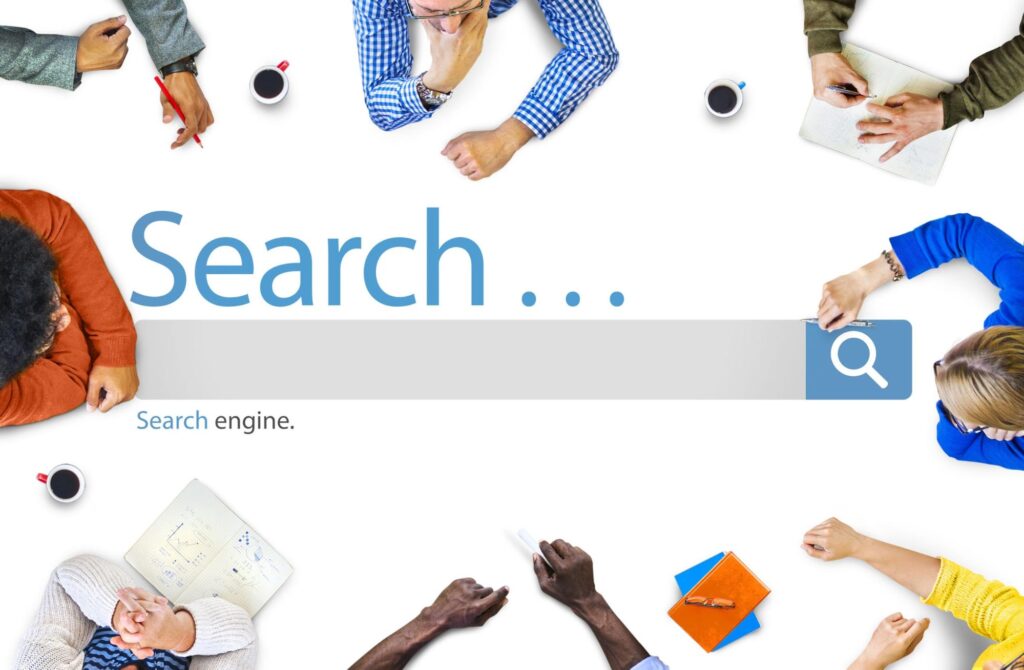In the dynamic landscape of digital content, where the realms of artificial intelligence (AI) and content creation converge, the role of Google in effectively managing AI generated content through its Googlebot takes center stage. As we explore this domain, Orange Agency offers an insightful perspective on Google’s approach to AI generated content as of August 2023. Join us on an illuminating journey as we dissect the key factors, navigate through challenges, explore tradeoffs, and shed light on the far-reaching impact on the broader digital ecosystem.
Ai Generated Content: Where Innovation Meets Complexity
AI Generated Content, often referred to simply as “AI content,” is content produced with the assistance of artificial intelligence technologies. This content encompasses a wide range of formats, from blog posts to product descriptions and even entire marketing campaigns. AI generated content, which includes text, photos, and videos, represents a watershed moment in technological progress. These works, powered by advanced algorithms, imitate human-generated material with astonishing precision, revealing both unexplored prospects and nuanced obstacles in the digital arena. Prepare to plunge into the depths of key factors, confront the challenges, unravel intricate tradeoffs, and grasp the far-reaching implications for the broader digital ecosystem.
What Is AI Generated Content?
Artificial intelligence software, rather than human authors, creates AI generated content.
This technology has grown in popularity in recent years, allowing organizations to publish massive volumes of material faster and more efficiently than ever before. However, one common misperception I encounter is that AI generated content equals walls of text or plain-text articles. This is not true.
AI content can include a wide range of topics, including:
- AI-text: articles, stories, poems, product descriptions, chatbot responses, etc.
- AI-generated media types: photographs, illustrations, infographics, music, speech, sound effects, animated videos, commercials, film scenes, etc.
- AI-voice: speech for virtual assistants, narration, voiceovers, etc.
- AI-generated Code and Programming: software, apps, games, etc.
- AI-generated Financial Data and Predictions: stock predictions, financial reports, risk analysis, etc.
- AI-generated Scientific Data and Predictions: weather forecasting, scientific research, drug discovery, etc.
AI’s Impact on Marketing and SEO

The introduction of AI generated content has transformed marketing methods. It allows enterprises to maintain a continuous flow of information across several channels while maintaining quality. Brands can quickly create interesting content that is targeted to the tastes of their target audience, building better relationships and boosting consumer engagement. With the rise of technology, AI Generated Content is reshaping industries by producing text that mimics human writing, transforming content strategies.
The usage of AI generated content provides both potential and problems in terms of SEO. On the one side, the sheer volume of information enables more keyword incorporation, potentially increasing search engine exposure. Search engines, on the other hand, like Google, are constantly refining their algorithms to highlight high-quality, relevant material.
This prompts the question: How does Googlebot distinguish between human-created content and AI generated content?
Google’s Approach To AI Generated Content
Googlebot, Google’s web crawling bot, is extremely important in indexing and ranking online material. It is intended to evaluate the relevancy and quality of online pages, which are important elements in determining search engine results. Google detect AI-generated content, ensuring search results remain relevant and valuable to users. Google detect AI-generated content by the usage of a method that underlines the search engine’s commitment to providing authentic and trustworthy information. Googlebot evaluates the authenticity of AI-generated content using a diverse approach:
Structure And Coherence Of Material:
Googlebot examines the overall structure and coherence of the material. The lack of a natural flow or logical progression and check in AI-generated material might be a red flag.
Language And Semantics:
The bot evaluates language usage and semantic consistency. Contextual complexities may cause AI content to struggle, resulting in poor language or improper word choices.
Originality And Uniqueness:
Google places a high importance on uniqueness and distinctive insights. AI generated content frequently depends on existing data, which might result in redundant or regurgitated material.
Google Detect AI-Generated Content
Google detect AI-generated content by means of sophisticated algorithms. These algorithms employ patterns and signs to detect information that differs from that authored by humans. While the specifics of these algorithms are kept under wraps, they consider criteria such as sentence structure, keyword stuffing, and semantic errors. Marketers can use tools to check AI generated content, maintain brand voice, and prevent inaccuracies that might arise from automated creation.
The Future Of AI Generated Marketing Content
AI Generated Content: Revolutionizing digital marketing, AI generated content streamlines creation processes, offering efficiency and innovation. Businesses are harnessing the power of content marketing to streamline campaigns and reach wider audiences with tailored messages. As AI technology continues to evolve, so too will AI generated content. Marketers and businesses need to stay attuned to Google’s evolving algorithms and adapt their content strategies accordingly. While AI generated content offers remarkable efficiency gains, the emphasis on quality and relevance remains paramount in the eyes of search engines. The landscape of advertising is evolving with the integration of AI generated marketing content, providing innovative ways to engage customers and drive conversions.
Key Takeaways
AI generated marketing content is reshaping the digital marketing environment. Its ability to expedite content development processes is evident, and businesses are taking advantage of it. Understanding how Googlebot check AI generated content, on the other hand, is critical for maintaining a strong online presence. Marketers must find a balance between leveraging AI’s capabilities and creating content that meets search engine expectations as technology improves and algorithms get more sophisticated. Quality and relevance will always rule supreme in this symbiotic connection between AI and search engines. In a world where AI generated marketing content is becoming increasingly prevalent, understanding its implications for marketing, SEO, and search engine detection is paramount. By recognizing Google’s methods and algorithms, businesses can navigate this evolving landscape effectively, harnessing the power of AI while maintaining high-quality, human-like content that resonates with both audiences and search engines.
Many content writers are still afraid to use AI generated content because they are afraid of the risk of penalization. Creators frequently need to check AI generated content for coherence and authenticity before publishing, ensuring high-quality output.
As far as I can tell, this is not the case. It is determined by the quality of the material, as stated by
Google.
“Our focus on the quality of content, rather than how content is produced, is a useful guide that has helped us deliver reliable, high-quality results to users for years.”
Source: Google Search Central




